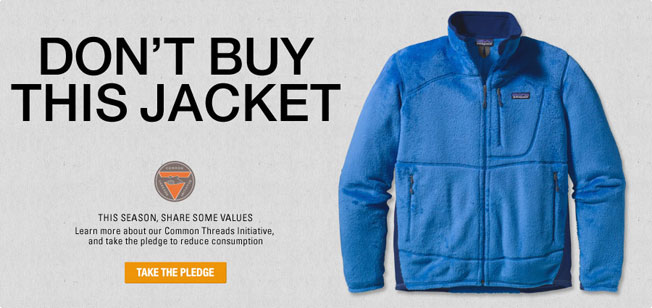
YouTube Link: Kony 2012
In an interesting blog post by Leigh LePage, the CMA blogger describes what differentiates Gen Y (Mellennial) from its Gen X and Baby Boomer counterparts. LePage describes how Gen Y ‘desires to become socially/globally responsible citizens’ and noted that ‘over 60 per cent of Generation Y will pay more and become more engaged with organizations that align themselves with causes and practice corporate social responsibility’ – a large percentage that should definitely be recognized.
But what makes these social enterprises so marketable to youth? Gen Y has grown up in an age of Google, YouTube, Facebook, Twitter, etc. We are so accustomed to sharing our photos, status updates, friends, and likes with others that we have become more of a homogenous and coherent generation than any other. Never before has any generation felt the need to embrace cosmopolitanism and global citizenry rather than traditional conservative ideals. This is a powerful and compelling feeling, one that I believe can create positive change on a global scale. However, this can also be exploited by marketers using the exact same tools that Gen Y embraces. A recent viral YouTube video, dubbed Kony 2012, amassed a seemingly cult following of Gen Yers within days of being posted. Youth everywhere were posting Kony 2012 on Facebook, YouTube, and Twitter feeds alike in the hopes of making Joseph Kony ‘famous’ and pressing for his arrest. The video is a slick social media phenomenon that is participatory, personable, and has a certain degree of unexpectedness. And while I do applaud the effort to stop Kony and the LRA, there is something inherently unsettling about the Invisible Children’s marketing campaign and its ability to quickly mobilize youth to action. The problem that Gen Y faces is not that it is afraid to accept a call to action, but that it does so so willingly and without thinking. Without taking the time to research alternate views of an organization such Invisible Children, Gen Y has the potential be susceptible to the marketing tactics of any organization that advocates ‘a cause’.
Upon further research of Kony 2012, I learned of the criticisms it faced. Despite having amassed over $5 million in less than 24 hours, the Invisible Children organization made no acknowledgement as to what percentage of these funds actually went to providing resources for children in Uganda and what percentage went into their own pockets. In addition, the organization has been criticized for its choice of buzz words in its viral YouTube video. In a blog post by Yale University’s Chris Blattman, the prof in political science said that he felt the film had an uncomfortable tone. ‘There’s something inherently misleading, naive, maybe even dangerous, about the idea of rescuing children or saving of Africa. It’s often not an accidental choice of words,’ Blattman states. ‘It hints uncomfortably of the White Man’s Burden. Worse, the saving attitude pervades too many aid failures, not to mention military interventions.”
On a personal note, these remarks do not suggest that every marketing campaign launched by an NGO should be met with fierce adversarialism. On the contrary, many of these organizations should be applauded for their dedication to their respective causes. However, today’s Gen Y should take note of their tendency to create a so-called ‘tyranny of the majority’ as they quickly rise to action. Perhaps instead, they should recognize viral videos for what they are, a marketing campaign that is meant to persuade.








 I recently came across a new TV series called Fashion Star, a reality program that showcases the clothing of up and coming designers in front of three very well-known retailers, H&M, Macy’s, and Saks. Buyers from each retailer then have the opportunity to bid on a particular design if it strikes their fancy. The real clincher, however, is that after each air date, the designer’s clothes are made available both online and in-stores. Yes, it’s that fast. And the speed with which the clothing appears in retail seems to strike a cord with consumers. In fact, the retail sales numbers are higher than the show’s own ratings. To elaborate on Jordan’s idea of the promo, visual media – particularly reality TV – allows consumers to get up close with not only the product, but the designers and retailers. It provides consumers with a story, and resonates in their minds, thus creating a stronger reason for them to buy.
I recently came across a new TV series called Fashion Star, a reality program that showcases the clothing of up and coming designers in front of three very well-known retailers, H&M, Macy’s, and Saks. Buyers from each retailer then have the opportunity to bid on a particular design if it strikes their fancy. The real clincher, however, is that after each air date, the designer’s clothes are made available both online and in-stores. Yes, it’s that fast. And the speed with which the clothing appears in retail seems to strike a cord with consumers. In fact, the retail sales numbers are higher than the show’s own ratings. To elaborate on Jordan’s idea of the promo, visual media – particularly reality TV – allows consumers to get up close with not only the product, but the designers and retailers. It provides consumers with a story, and resonates in their minds, thus creating a stronger reason for them to buy.